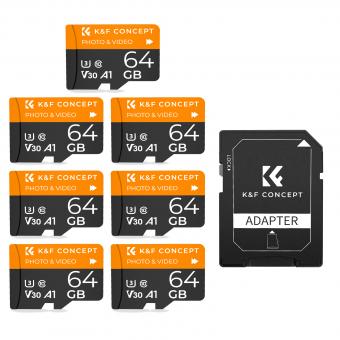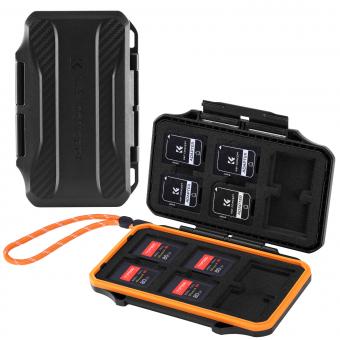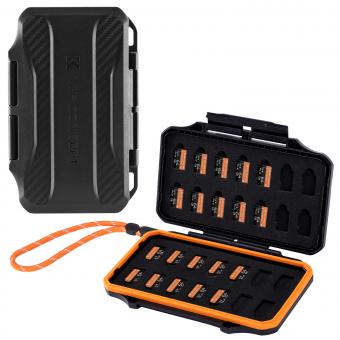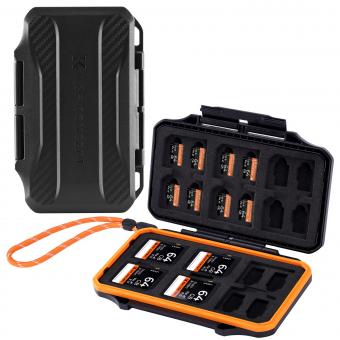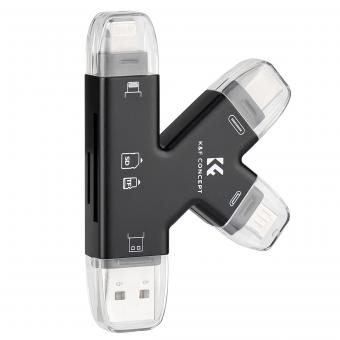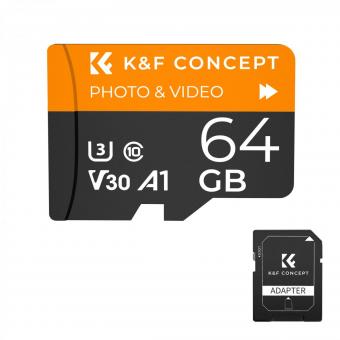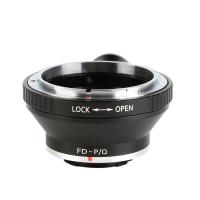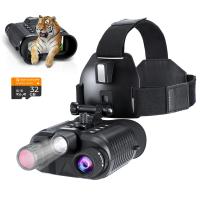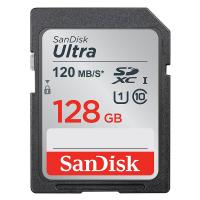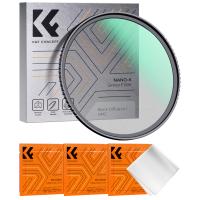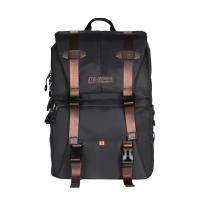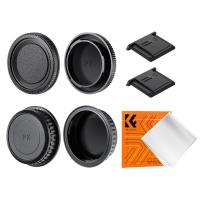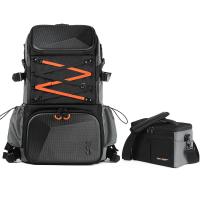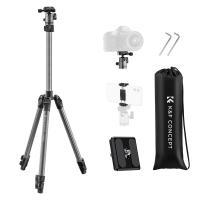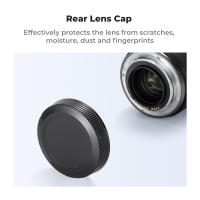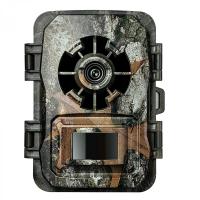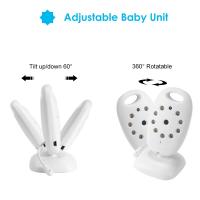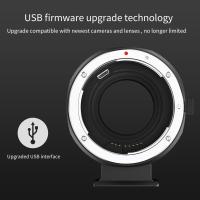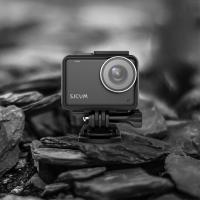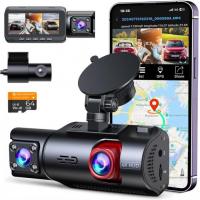What Does An Sd Card Look Like?
In the digital age, storage solutions have become an integral part of our daily lives. Among these, the SD card stands out as one of the most ubiquitous and versatile forms of portable storage. Whether you're a tech enthusiast, a professional photographer, or just someone looking to expand the storage capacity of your device, understanding what an SD card looks like and its various forms can be incredibly beneficial. This article aims to provide a comprehensive overview of the physical characteristics of SD cards, their types, and practical tips for their use.
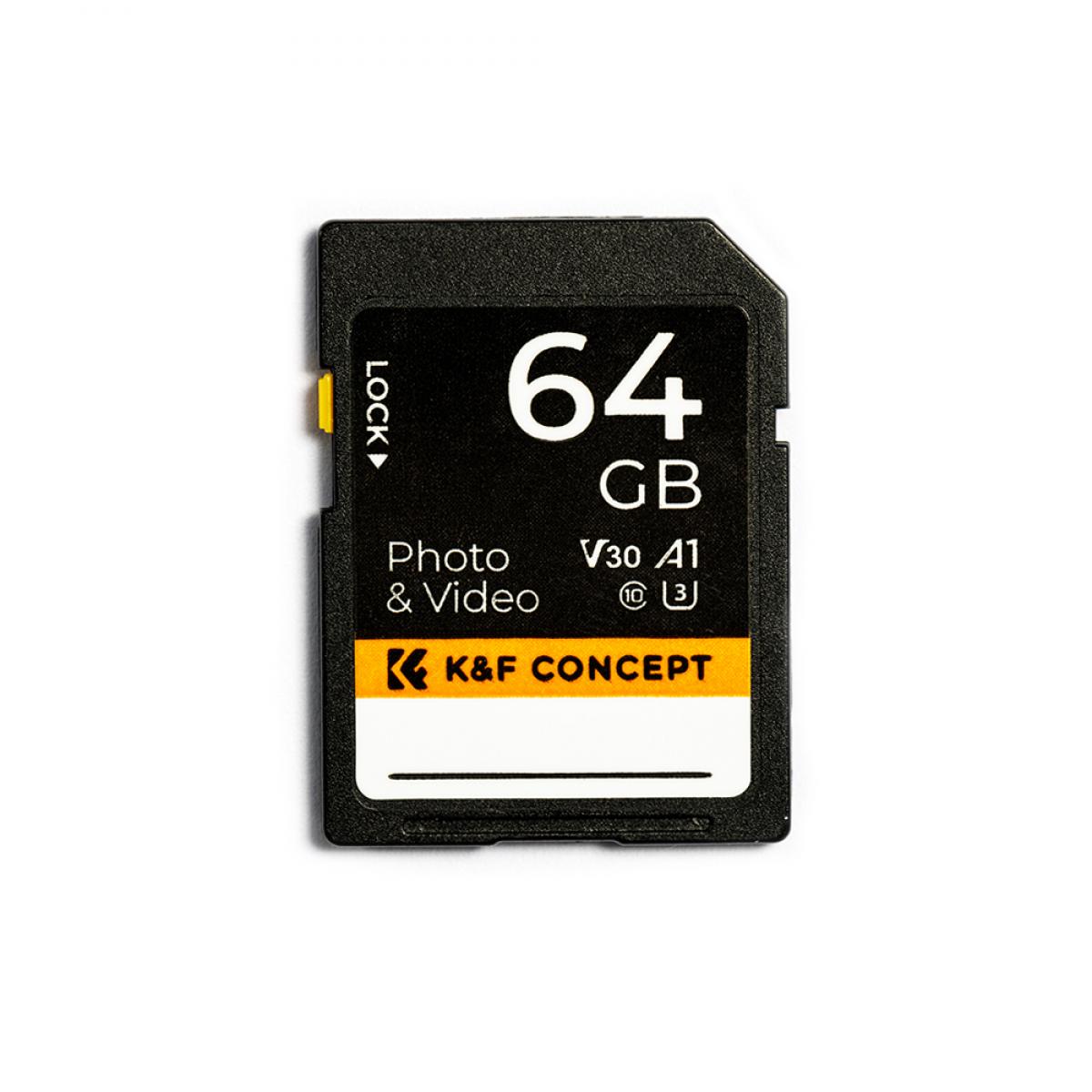
Physical Characteristics of an SD Card
An SD (Secure Digital) card is a small, flat, rectangular device designed to store digital information. The standard SD card measures 32mm x 24mm x 2.1mm, making it compact and easy to carry. The card typically features a label on one side, which often includes the brand name, storage capacity, and speed class. The other side usually has a series of metal contacts that interface with the device's card reader.
Key Features:
1. Label Side: This side usually contains important information such as the brand, storage capacity (ranging from a few megabytes to several terabytes), and speed class (e.g., Class 10, UHS-I, UHS-II).
2. Contact Side: The opposite side has a series of metal contacts that allow the card to interface with the device. These contacts are crucial for data transfer.
3. Lock Switch: Some SD cards come with a small switch on the side that can be toggled to lock or unlock the card, preventing accidental data deletion.
Types of SD Cards
SD cards come in various types and sizes, each designed to meet specific needs. The three main types are Standard SD, MiniSD, and MicroSD.
1. Standard SD Card
- Size: 32mm x 24mm x 2.1mm
- Use Cases: Commonly used in digital cameras, camcorders, and some laptops.
- Storage Capacity: Ranges from 2GB to 2TB.
2. MiniSD Card
- Size: 21.5mm x 20mm x 1.4mm
- Use Cases: Initially popular in mobile phones but now largely obsolete.
- Storage Capacity: Typically up to 2GB.
3. MicroSD Card
- Size: 15mm x 11mm x 1mm
- Use Cases: Widely used in smartphones, tablets, drones, and action cameras.
- Storage Capacity: Ranges from 2GB to 1TB.
Speed Classes and Performance
The performance of an SD card is often indicated by its speed class, which denotes the minimum write speed. Understanding these classes can help you choose the right card for your needs.
Speed Classes:
1. Class 2: Minimum write speed of 2MB/s. Suitable for standard definition video recording.
2. Class 4: Minimum write speed of 4MB/s. Suitable for HD video recording.
3. Class 6: Minimum write speed of 6MB/s. Also suitable for HD video recording.
4. Class 10: Minimum write speed of 10MB/s. Ideal for full HD video recording and high-resolution still images.
UHS (Ultra High Speed) Classes:
1. UHS-I: Minimum write speed of 10MB/s. Suitable for full HD and 4K video recording.
2. UHS-II: Minimum write speed of 30MB/s. Ideal for professional-grade 4K and 8K video recording.
3. UHS-III: Minimum write speed of 60MB/s. Designed for high-end video production and rapid data transfer.
Practical Tips for Using SD Cards
1. Choosing the Right Card
- For Photography: If you're a professional photographer, opt for a high-capacity, high-speed card like UHS-II or UHS-III to ensure quick data transfer and ample storage.
- For Smartphones: A MicroSD card with a capacity of 64GB to 256GB and a speed class of UHS-I is generally sufficient.
- For Video Recording: For 4K video recording, a UHS-II card with at least 128GB of storage is recommended.
2. Handling and Care
- Avoid Physical Damage: SD cards are relatively durable but can be damaged by bending or exposure to extreme temperatures.
- Keep Contacts Clean: Ensure the metal contacts are clean and free from dust or debris to maintain optimal performance.
- Use a Case: Store your SD cards in a protective case to prevent physical damage and data corruption.
3. Data Management
- Regular Backups: Always back up your data to another storage device or cloud service to prevent data loss.
- Format Properly: Use the device's formatting option to format the SD card, as this ensures compatibility and optimal performance.
- Monitor Health: Use software tools to monitor the health and performance of your SD card, especially if you use it frequently.
Common Issues and Troubleshooting
1. Card Not Recognized
- Solution: Ensure the card is properly inserted. Try using a different card reader or device to rule out compatibility issues.
2. Slow Performance
- Solution: Check the speed class of your card. If it's too slow for your needs, consider upgrading to a faster card.
3. Data Corruption
- Solution: Regularly back up your data and avoid removing the card while data is being written. Use data recovery software if necessary.
Understanding what an SD card looks like and its various types can significantly enhance your ability to choose the right storage solution for your needs. From the standard SD card used in cameras to the tiny MicroSD card found in smartphones, each type serves a unique purpose. By paying attention to speed classes, handling practices, and common issues, you can ensure that your SD card performs optimally and lasts longer. Whether you're capturing memories, expanding your device's storage, or working on professional projects, the right SD card can make all the difference.







